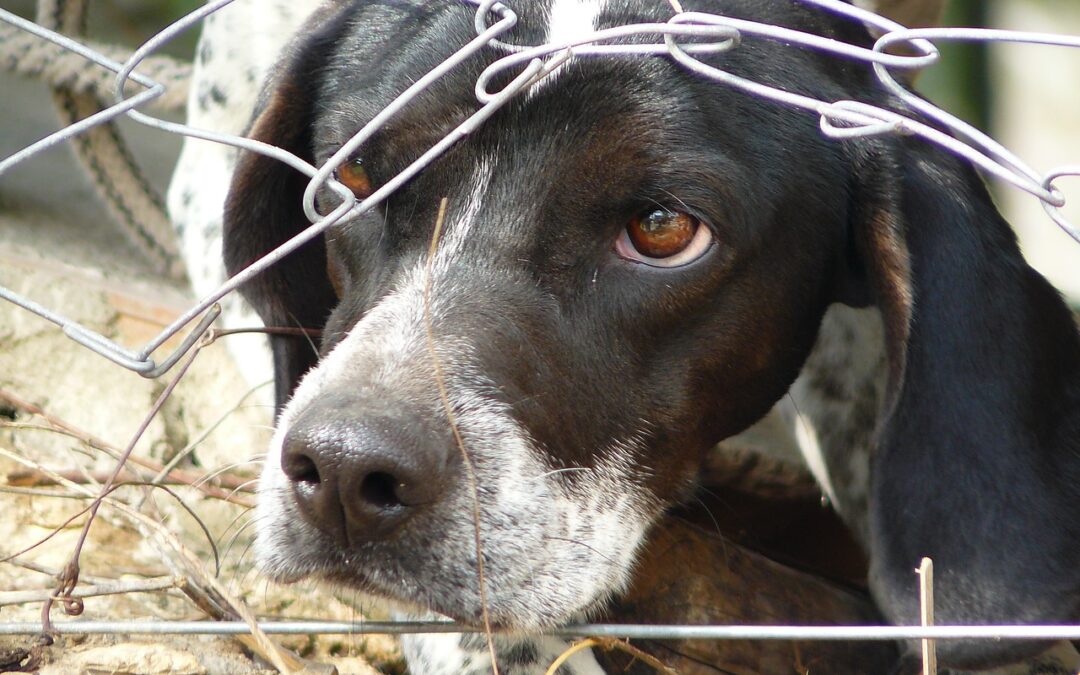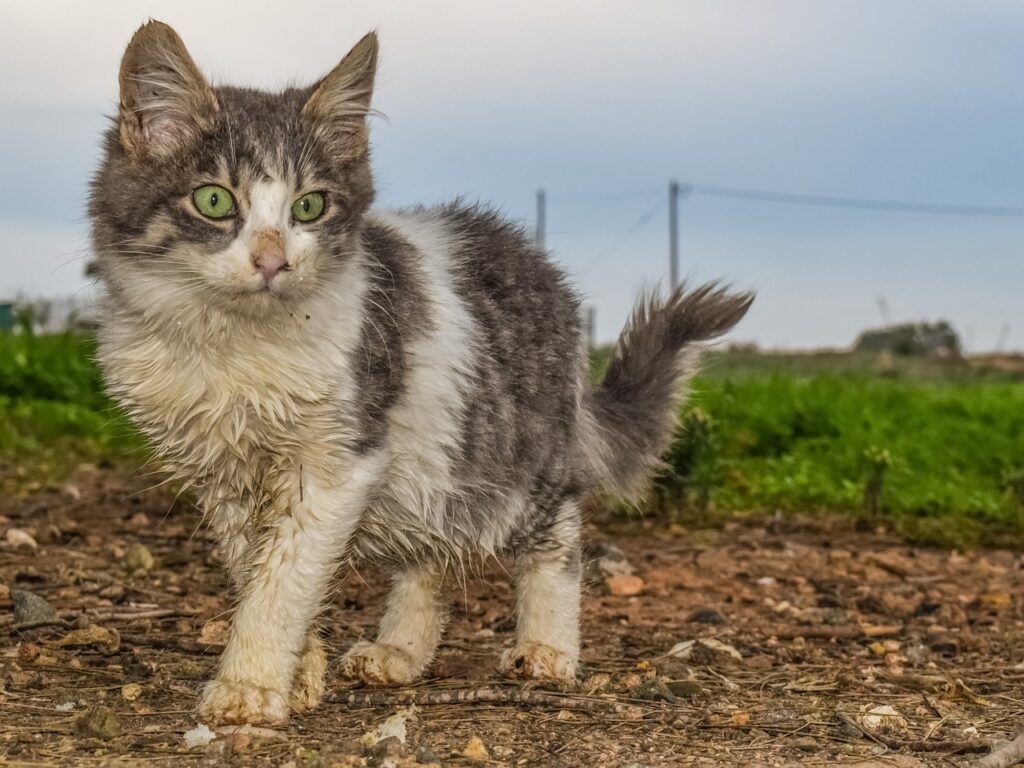Introduction: Animal cruelty is a distressing issue that continues to plague societies around the world, including the United States. Despite significant efforts to raise awareness and enforce animal welfare laws, there are still alarming instances of animals suffering due to cruelty. In this blog post, we will delve into the grim reality of animal cruelty cases in America, backed by statistics and relevant resources.
The Scope of the Problem: Animal cruelty encompasses a wide range of abusive actions, from neglect and abandonment to intentional harm. According to data compiled by reputable organizations such as the American Society for the Prevention of Cruelty to Animals (ASPCA) and the Humane Society of the United States (HSUS), there are staggering numbers that highlight the extent of the issue.
- In 2020, the ASPCA reported over 100,000 cases of animal cruelty in the U.S.
- Nearly 65% of reported cases involve dogs, followed by cats, horses, and livestock.
- Shockingly, the majority of animal cruelty cases are never reported, making the actual numbers likely much higher.
Factors Behind Animal Cruelty: Understanding the factors contributing to animal cruelty can help address the root causes of the issue. Some common factors include:
- Lack of Awareness: Many people are unaware of the proper care and treatment animals require, leading to unintentional neglect or harm.
- Link to Domestic Violence: Research indicates a strong correlation between animal cruelty and domestic violence, as abusive individuals may target animals to exert control and manipulate their victims.
- Psychological Issues: Some individuals with psychopathic tendencies exhibit cruelty towards animals, often seen as an early warning sign of potential violence against humans.
- Cultural and Socioeconomic Factors: Limited resources and cultural norms can influence how animals are treated in certain communities.
Efforts to Combat Animal Cruelty: Fortunately, numerous organizations and individuals are actively working to combat animal cruelty and improve animal welfare in the U.S. Law enforcement agencies, animal control units, and animal shelters play a crucial role in investigating and addressing cases of cruelty.
Moreover, advocacy groups like the HSUS, ASPCA, and local animal rescue organizations tirelessly work to raise awareness, lobby for stronger animal protection laws, and provide resources for education and intervention.
How You Can Help:
- Report Suspicious Activities: If you witness or suspect animal cruelty, report it to local authorities or animal control.
- Support Animal Welfare Organizations: Contribute to organizations dedicated to rescuing, rehabilitating, and advocating for animals.
- Promote Responsible Pet Ownership: Educate your community about the importance of responsible pet ownership, including spaying/neutering, proper care, and humane training methods.
- Advocate for Stricter Laws: Support legislative efforts aimed at strengthening animal protection laws and ensuring adequate penalties for perpetrators.
Conclusion: The issue of animal cruelty in America is a complex and distressing problem that demands attention and action. By raising awareness, supporting relevant organizations, and advocating for stronger laws, we can collectively contribute to a future where animals are treated with compassion and respect, free from harm and suffering.
Resources:
- ASPCA – Animal Cruelty
- Humane Society of the United States
- National Link Coalition – The Link Between Animal Abuse and Human Violence
Remember, it’s through our collective efforts that we can truly make a difference in the lives of animals who need our help the most.









